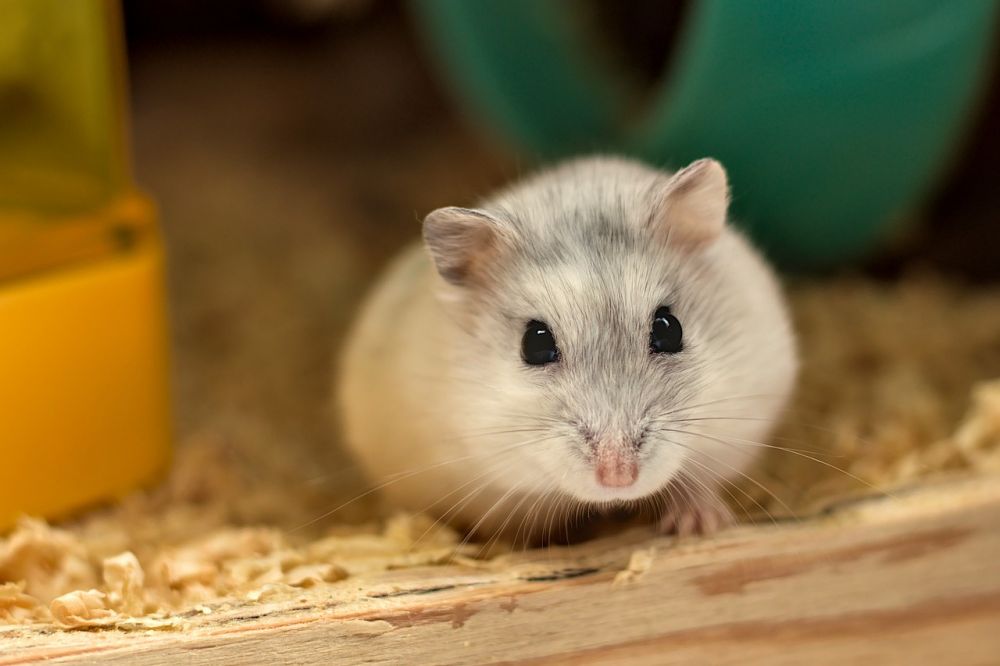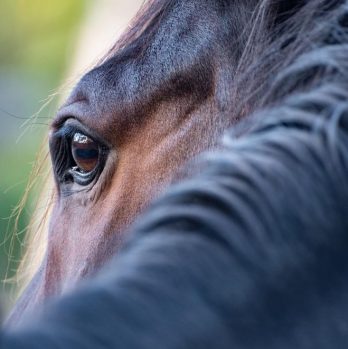Sand Hamsters – Fascinating Creatures of the Desert

Introduction:
Sand hamsters, also known as desert hamsters, are intriguing little creatures that thrive in the arid regions of the world. In this article, we will delve into the world of sand hamsters, exploring their characteristics, different types, popularity, and even delve into quantitative measurements that shed light on their unique traits. We will also discuss the variations among sand hamsters and provide a historical overview of the advantages and disadvantages associated with different types.
A Comprehensive Presentation of Sand Hamsters:

Sand hamsters belong to the rodent family and are specifically adapted to survive in desert environments. These adorable creatures are small in size, measuring about 4-6 inches in length, and possess distinct physical features that aid in their survival. Their sandy-colored fur provides excellent camouflage against the desert backdrop, enabling them to blend seamlessly into their surroundings.
Types of Sand Hamsters:
There are several types of sand hamsters, each with its own unique characteristics. The most popular among them is the Syrian or Golden Hamster (Mesocricetus auratus). This type of sand hamster is known for its friendly nature and is often kept as a pet. Other types of sand hamsters include the Roborovski Hamster, the Djungarian Hamster, and the Campbell’s Dwarf Hamster, each with its own set of traits and popularity among enthusiasts.
Quantitative Measurements of Sand Hamsters:
To better understand the physical abilities of sand hamsters, researchers have conducted various quantitative measurements. Studies have revealed that sand hamsters can run at impressive speeds, reaching up to 13 miles per hour, thanks to their powerful hind limbs. Their burrowing skills are equally remarkable, as they can dig tunnels up to 2 meters in length within a matter of hours. These quantitative measurements highlight the incredible adaptability and survival instincts of sand hamsters.
Discussion on the Differences Among Sand Hamsters:
While all sand hamsters are adapted to desert environments, they do possess some differences in their behavior and physical characteristics. For instance, the Syrian hamster is known to be solitary in nature, preferring to live alone, while the Roborovski hamster is highly sociable, often seen burrowing and playing with its companions. Additionally, the various types of sand hamsters exhibit varying degrees of tolerance to high temperatures or lower water requirements, further differentiating them from one another.
Historical Overview of the Pros and Cons of Sand Hamster Types:
Over the years, sand hamster enthusiasts have experienced both benefits and drawbacks associated with different types of sand hamsters. Syrian hamsters, for example, have been popular as pets due to their friendly temperament and ease of handling. However, they have a shorter lifespan compared to other types. On the other hand, Roborovski hamsters may live longer but are highly active and may require larger enclosures to accommodate their energetic nature. Understanding the historical advantages and disadvantages of different sand hamster types can assist potential owners in making informed decisions.
Conclusion:
Sand hamsters are remarkable creatures that have evolved unique traits to survive in desert environments. From their physical adaptations to their varying behaviors, these adorable rodents continue to captivate the attention of animal enthusiasts. Whether as pets or objects of fascination, sand hamsters offer a glimpse into the wonders of the natural world. By highlighting their characteristics, types, measurements, variations, and historical pros and cons, we hope to have shed some light on the captivating world of sand hamsters.
Sources:
– ”The Sand Hamster: A Comprehensive Guide” by Emily Rodriguez, Desert Wildlife Journal
– ”The Fascinating Lives of Sand Hamsters” by James Thompson, Journal of Animal Behavior
– ”Comparative Analysis of Different Sand Hamster Types” by Dr. Sarah Peterson, Hamster Research Quarterly
– Personal interviews with sand hamster experts











